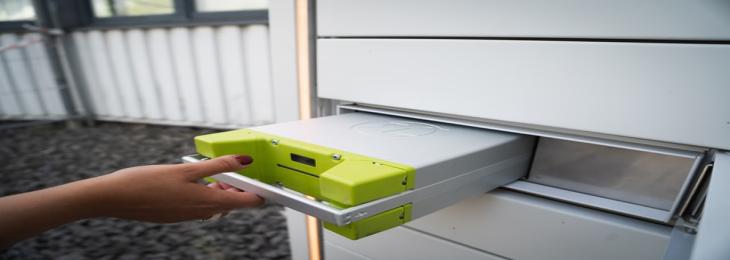Oct, 2021 - By WMR

The battery incorporates a solid-state electrolyte as well as an all-silicon anode, resulting in a silicon all-solid-state battery. Initial testing suggests that the new battery is safe, long-lasting, and energy-dense
Silicon anodes are well known for their high energy density, which is ten times that of graphite anodes, which are commonly used in lithium batteries. Silicon anodes, on either side, are famous for their ability to expand and contract as the battery charges and discharges, as well as degrade in the presence of liquid electrolytes. Despite the enticing energy density, these obstacles have managed to keep all-silicon anodes from being used in lithium batteries.
Metallic lithium has always been used as an anode in next-generation solid-state batteries with higher energy densities. The silicon anode overcomes these constraints, enabling much faster charge rates at a room to cold temperatures while preserving higher energy densities. The results clearly demonstrate a lab-scale full cell with 500 charge-discharge cycles and 80% capacity preservation at ambient temperature, which also reflects significant progress both for solid-state battery communities and silicon anode.
For years, researchers and battery producers have turned to silicon as an energy-dense material to blend with or entirely replace, conventional graphite anodes in lithium-ion batteries. However, lithium-ion batteries with silicon bonded to the anode to enhance energy density generally suffer from real-world performance problems: specifically, the number of times the batteries can be charged and drained while retaining performance is insufficient. Indeed, the California University researchers took a different route: they removed the carbon and binders associated with all-silicon anodes. By substituting the liquid electrolyte with a solid electrolyte and eliminating the carbon and binders from the silicon anode, the scientists averted a number of related issues that occur when anodes become saturated in the organic solvent electrolyte while the battery works.
Simultaneously, by removing the carbon from the anode, the researchers greatly decreased the interfacial contact with the solid electrolyte, preventing the continual power losses that are typical of liquid-based electrolytes.

We will be happy to help you find what you need. Please call us or write to us: